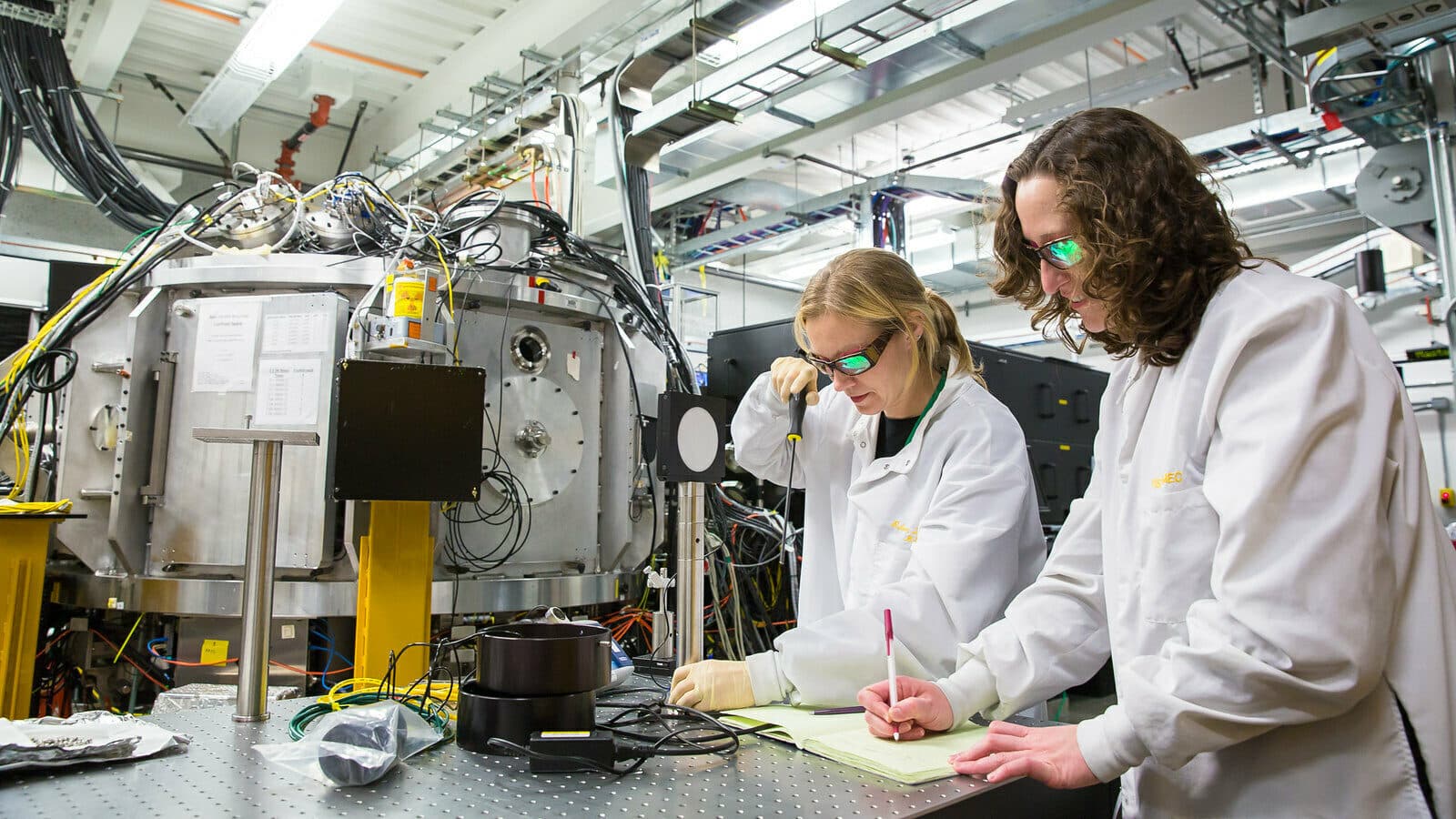Why Connect People to Basic Science?
by Brooke Smith
Goals and questions about engaging people in basic science

The Author
“I do basic science,” they said, stumped by a communication training exercise that asked them to describe the relevance of their research. “It’s not about being relevant to anything.”
This was five years ago, before I joined The Kavli Foundation, when I was leading a communications training for early-career scientists recently awarded a prestigious fellowship. One of the key tools used in communication sessions like these was helping scientists articulate why their work matters. At the time, I predominantly worked with scientists whose research was related to the environment and sustainability, which meant most scientists identified as applied scientists or social scientists.
After winding conversations about this person’s powerful work in string theory and philosophizing about Pasteur’s Quadrant, they were confronted with two options when distilling their “why does this matter” capsule: 1) forecast some future application that their research could inform (which they didn’t want to do, as it was disingenuous and not why they did the research), or 2) explain why basic science matters (which this person didn’t feel was their job).
Neither of those choices satisfied what brought this individual to the table that day – to share their enthusiasm for what they do. For me, it raised important and enduring considerations when engaging people in basic science.
Fast forward to present day, where I have the privilege of being at The Kavli Foundation, surrounded by scientists and their pursuits in basic, fundamental or discovery science: the endeavor to deeply understand the natural world, from the beginnings of the universe to the behavior of matter at the atomic scale (and smaller!). In serving our mission to ‘advance science for the benefit of humanity,’ I lead the foundation’s efforts that strengthen science’s relationship with society.
As any science communication scholar or seasoned public engagement practitioner will tell you, the top rules in connecting people to science are to know your goals and know your audience. What does this mean for basic science? There are myriad goals, and a lot of audiences we (scientists, scientific institutions, funders and more) may want to connect with basic science. At a recent conference for SciPEP (the Science Public Engagement Partnership, a newly formed partnership between The Kavli Foundation and the Department of Energy to dig into many of these questions and considerations), we explored the varying motivations, audiences, avenues, and goals for public engagement with basic science.
Showing the value of basic research to encourage its continued funding is one such goal. While funding for basic science has been stable (and even increasing), some may worry that ongoing support for basic science is more vulnerable than applied science. Research from Science Counts suggests we should pay close attention to public perceptions is this area: not only do many people not know the difference between applied and basic science, but they also assume the private and philanthropic sector could ‘pick up the tab’ for basic science if federal funding were reduced. Explaining the eventual utility of basic science can help the public and policymakers see an eventual return on investment. The recent Science Philanthropy Alliance’s COVID-19 Prequels illustrate how investment in basic science decades ago laid the groundwork for the pandemic response – and fairly fast one at that, thanks to previous research in areas like sequencing, imaging, genetics and understanding of viral pathways. But as I learned in that communication training that day years ago, scientists doing the work today may not want to focus solely on future payoffs in their communications work. And what we learned during the recent SciPEP conference is that if we are to truly engage people in basic science, we should critically examine how many communities and publics connect with and participate in science.
What I hear consistently from basic scientists is that they want to share their research simply because their questions and discoveries are awe-inspiring. When you’re hunting for dark matter, decoding neural activity, or understanding existence at an atomic scale – you can’t help but feel compelled share it. Not only do scientists want to spread the passion for what they do; recent data shows that basic scientists in particular want to share the journey and process (not just the payout) of these labors of love. It’s not about the application destination, it’s about the scientific journey. Sharing your passion and spreading your curiosity can be a strong motivator, one that could serve many goals, from attracting people to do science, broadening participation in science, getting people excited about science and more. As science communication scholar, Dr. John Besley, would advise – articulating your ultimate communication goals will make your efforts more impactful.
Here at Kavli, and with our partners at the Department of Energy/SciPEP and also our Kavli Institutes around the world that are doing basic research, we will continue exploring the different reasons to engage people in basic science, and what makes basic science communication and engagement effective so we can empower those of you working to share your passion and continue to be a champion for your work and for basic science.
